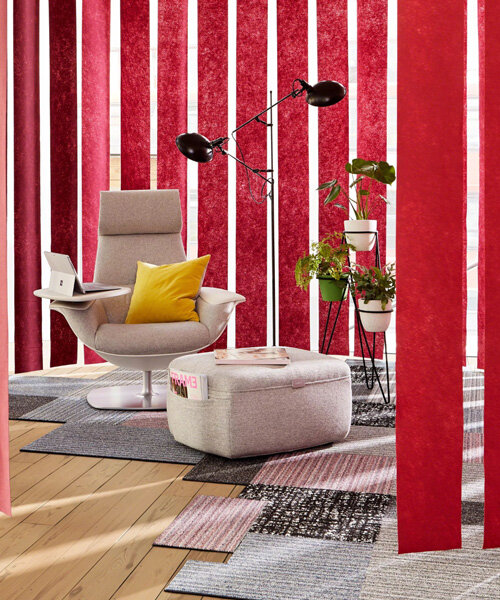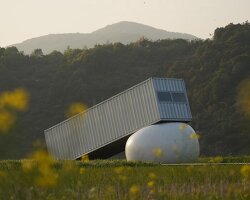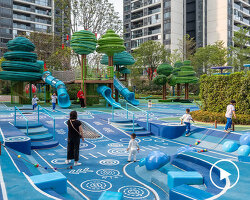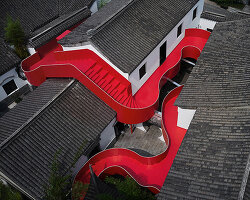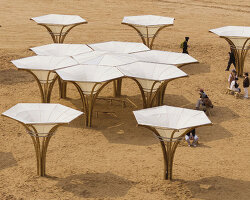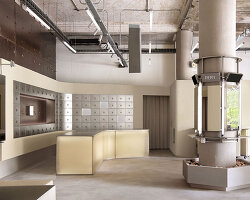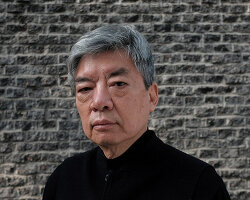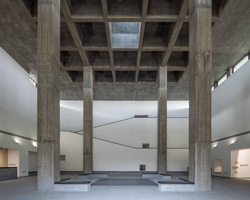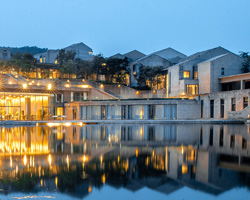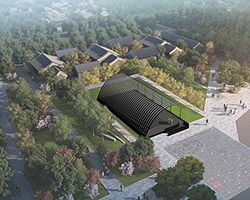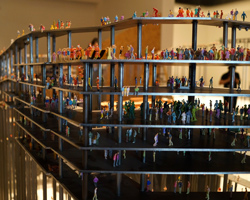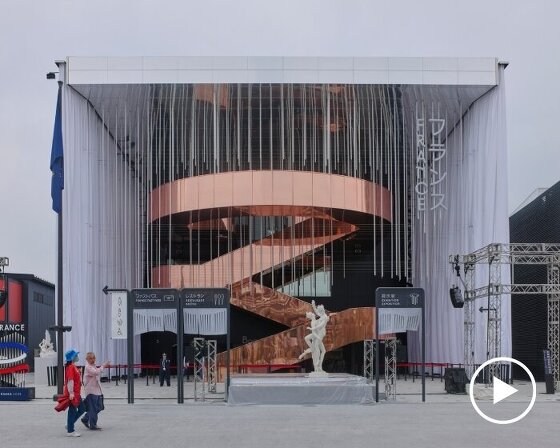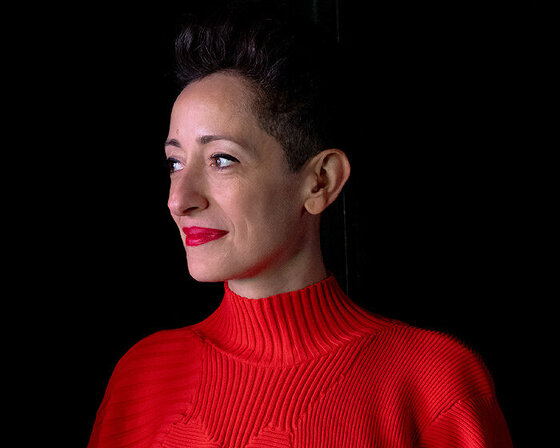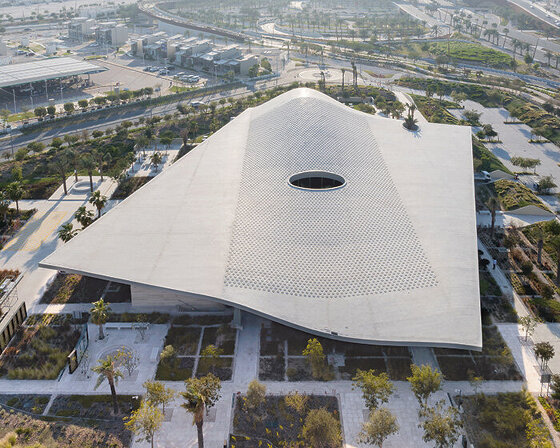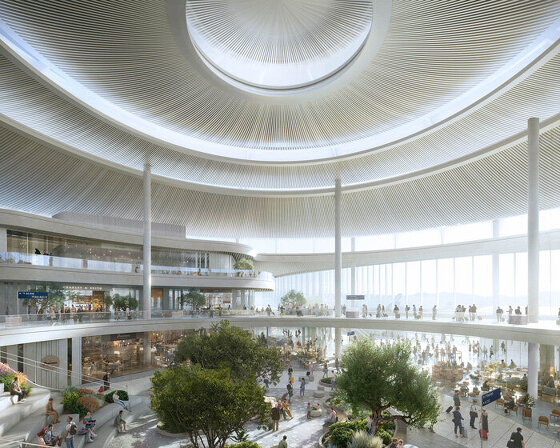venice architecture biennale 08: ‘rebirth brick’ in the chinese pavilion image © designboom
while at the venice architecture biennale, designboom visited the chinese pavilion whose theme this year was ‘ordinary architecture’. curators yung ho chang, acheng and gong yan put together a group of works which dealt with this theme and divided them in two parts – ‘negotiation’ and ‘daily growing’.
the sub-theme of ‘negotiation’ deals with what everyday negotiation is all about – negotiation. on a daily basis, architects are constantly making deals and negotiating with the client, the budget, the site, the code and other conditions and constraints. negotiation is driven by a sense of social responsibility and is always strategic. in light of the tremendous tragedy of the sichuan earthquake, the projects in this section look beyond building technologies and socio-economic systems, returning to the most important negotiation, that which is between the architect and nature itself.
included in the ‘negotiation’ section of the pavilion was the project ‘rebirth brick’, a material manufacturing project by architect liu jiakun which actively being promoted for reconstruction in earthquake stricken zones. material debris left as a result of an earthquake is collected, sterilized and recycled to be used an aggregate. it is mixed with wheat branches which are in abundance through rural villages, waiting to be processed. the wheat branches are cut up into smaller pieces and act as a reinforcing fiber, mixed in with the debris and concrete, to create light-weight bricks to be produced on a small scale using a semi-manual leveraging tool which is widely used in china by the local crafting industry. metaphorically it is not only a ‘physical’ rebirth but also a spiritual one, taking something from a situation of turmoil to one of renewal.
‘ordinary architecture’ deals with buildings which have authorization, raising the issue of ordinary architecture in a time when china serves as the world’s playground for architects. the pavilion questions the authority’s destructive approach of urban planning, severing the link between contemporary architecture and tradition. in a sense, ordinary architecture can also be seen as a form of activism.
 material debris and wheat branches waiting to be mixed and made into bricks image © designboom
material debris and wheat branches waiting to be mixed and made into bricks image © designboom
 completed bricks drying image © designboom
completed bricks drying image © designboom
 image © designboom
image © designboom
 completed bricks
completed bricks
 close-up of the tooling machine used to produce the bricks image © designboom
close-up of the tooling machine used to produce the bricks image © designboom
 upclose you can see the debris and wheat branches which has been mixed with concrete to produce the bricks
upclose you can see the debris and wheat branches which has been mixed with concrete to produce the bricks
 the aftermath of the sichuan earthquake image from the ‘rebirth brick’ proposal
the aftermath of the sichuan earthquake image from the ‘rebirth brick’ proposal
 an abundance of wheat branches waiting to be used image from the ‘rebirth brick’ proposal
an abundance of wheat branches waiting to be used image from the ‘rebirth brick’ proposal
 the machine used to breakdown the rubble from aftermath of the earthquake image from the ‘rebirth brick’ proposal
the machine used to breakdown the rubble from aftermath of the earthquake image from the ‘rebirth brick’ proposal
 a worker producing bricks image from the ‘rebirth brick’ proposal
a worker producing bricks image from the ‘rebirth brick’ proposal
 a worker prepares concrete to combine the aggregate and wheat branches
a worker prepares concrete to combine the aggregate and wheat branches
 the bricks are polished and any excess material is removed
the bricks are polished and any excess material is removed
 chinese pavilion buzzing with visitors image © designboom
chinese pavilion buzzing with visitors image © designboom
 yung ho chang, one of the chinese pavilion’s curators image © designboom
yung ho chang, one of the chinese pavilion’s curators image © designboom
 project by architect liu jiakun
project by architect liu jiakun
more
jiakun architects studio: http://www.jiakun.com venice architecture biennale: http://www.labiennale.org

